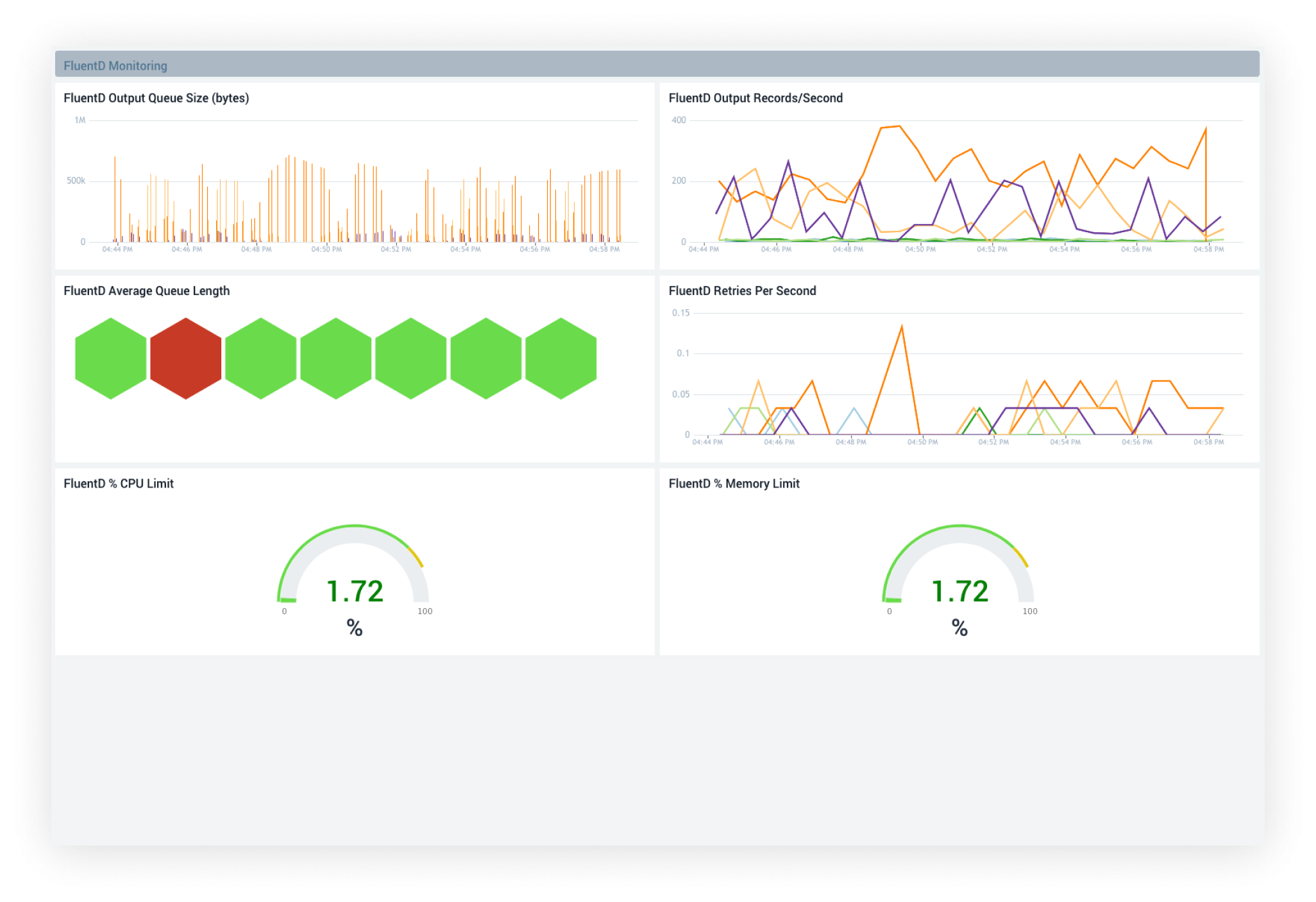
Get the report
MoreFebruary 3, 2022
The growth of site reliability engineering (SRE) has demonstrated the need for SRE implementations is here to stay for the foreseeable future. LinkedIn voted SRE jobs as the second most promising positions in the US in 2019, and now as we head into 2022, you can be sure to see the evolution of SRE continue to grow and expand.
Below, we’ll get into what SRE is, what SRE engineers do, and how SRE will continue to evolve into the future.
SRE, much like DevOps, is an IT approach that aims for more efficient and stable accountability when it comes to application reliability. SRE teams hope to solve tasks that traditionally required the manual support of an operations team and, with supplementary software, automate those tedious processes.
SREs demonstrate a lot of value in creating systems and applications that are more reliable, scalable, and manageable. Things that have been historically difficult to oversee, like management of large networks through code, are now more sustainable for engineers who are handling thousands of machines.
Site reliability engineers require some experience in software development, operations, and/or IT sysadmins roles. They’re responsible for the configuration, deployment, and maintenance of code, as well as a set of other responsibilities that range anywhere from latency and emergency response to capacity management.
Site reliability engineers, as opposed to working in opposition to DevOps engineers, provide a more proactive form of quality assurance. Site reliability engineers bring together the skillset of a DevOps team and operations team by taking on both responsibilities, drawing a bridge between the two fields.
A common way to differentiate between the differences between DevOps engineers and SREs is to think of DevOps engineers focusing on the application development pipeline while SREs take those applications and focus on reliability, scale, and maintenance.
Reliability engineers are often asked to help developers who are overwhelmed by operational tasks and could benefit from the more specialized ops skill set.

Sumo Logic has turnkey comprehensive dashboards to gain comprehensive visibility over your infrastructure.
So how exactly does an SRE’s skill set fit into a DevOps team? Some common roles and responsibilities for a site reliability engineer might include:
Building software to help operations and support teams
Ensuring availability and reliability of critical business systems
Create sustainable systems and services through automation and uplifts
Fixing support escalation issues
Optimizing on-call rotations and processes
Documenting industry and experience knowledge
Conducting post-incident reviews
Own and operate services that organizational applications rely on to serve customers
Evaluate, select, and integrate key technologies that help provide automated solutions
Audit and secure services across development, tests, and live environments
Most site reliability engineers need coding experience that goes beyond simple scripts, and you should look for engineers who take a proactive approach to identify problems to build software around.
It’s been almost two decades since Google, under the direction of Ben Treynor Sloss, first introduced the SRE Role, and even today, it continues to grow and evolve from its early inception.
Some of the biggest ways that SRE continues to evolve includes:
Despite SRE’s growth, not all IT teams have adopted or implemented SRE into their models. Internal growth within organizations and more space carved out for SRE teams will be the next step for greater use and adoption of SRE functionality.
For a while now, SRE departments have been limited to a few specialized experts responsible for building software that solves problems. With increased user demands and increasingly complicated technical stacks, however, SRE teams have to cover several different areas and domains. This is creating a demand for SRE departments to become further segmented into individual specializations with other relevant departments.
SRE teams learn from their shortcomings and are looking for further risk mitigation by creating new mitigation structures based on their previous vulnerabilities. SRE teams will inevitably become more dependent on maintaining quality performance, reliability, and business stability, which means risk mitigation will become a major focus in SRE’s near future.
SREs have a unique opportunity in influencing the user experience because of how central their role is to the optimization and stability of applications. Aside from application and network maintenance, SRE teams can provide valuable insights into the user experience by tracking key metrics like repeat user purchases or user abandonment rates within various points of the user journey map.

Sumo Logic unifies logs, metrics, and traces to provide fast alerting and analytics tools to quickly diagnose and troubleshoot modern applications.
Since the role is still relatively new, there’s no predetermined or “typical” career path for Site Reliability Engineers. After a few years of experience, an SRE should strive to become a senior, staff, or principal SRE. Because the path to simply becoming an SRE is multi-faceted—people can come from dev, security, sysadmin, or ops roles—many often find themselves at a crossroads between becoming developer engineering leaders, security engineer leaders, or IT operations leaders when their experience warrants it. However, as the SRE function becomes more commonplace within organizations, we expect the roles and silos to shift accordingly.
Site reliability engineers need machine data tools like Sumo Logic to ensure the reliability and availability of their applications and various components or services in production. Sumo Logic provides engineers with full- stack observability tools, so they can easily gather and analyze all of the necessary logs, metrics, and traces to quickly troubleshoot and remediate issues before customers are impacted.
Try Sumo Logic for free today or read how we fit into an existing SRE toolchain.
Reduce downtime and move from reactive to proactive monitoring.
Build, run, and secure modern applications and cloud infrastructures.
Start free trial